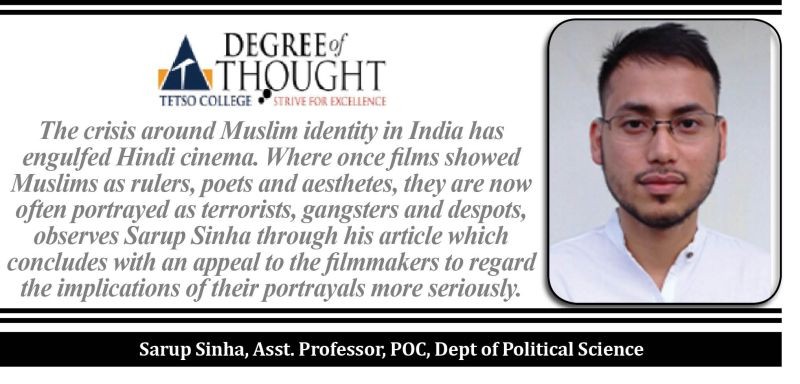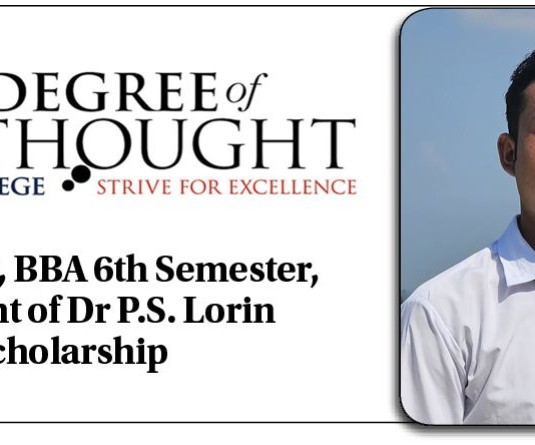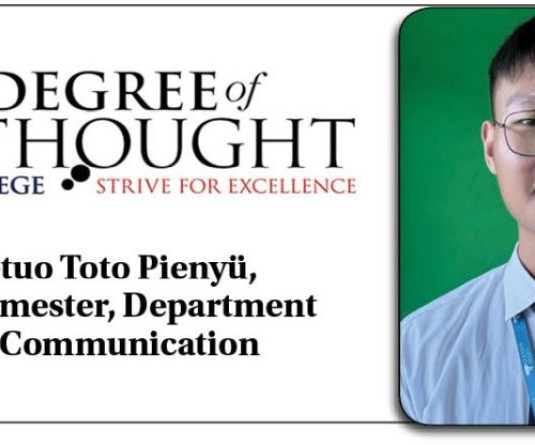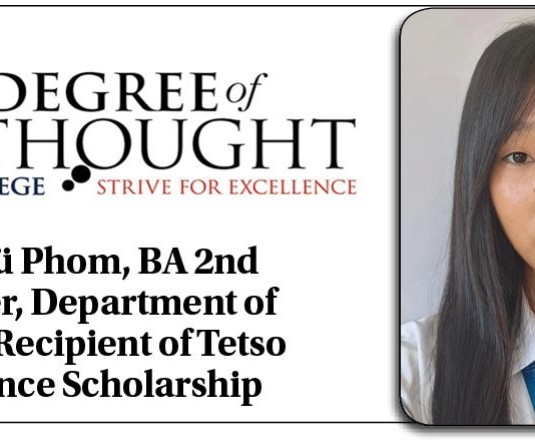
Films translate the world around us in myriad ways and, if delivered rightly,leave a deep cultural impact(Ex-Black Panther). This essay seeks to critique the recent outpour of big-budget Bollywood films primarily featuring Muslim antagonists that, besides displaying an overt numbness to the worsening political climate, seek to capitalise on this social turn. Now, Bollywood is not the sole culprit here either; negative stereotyping has been a staple for a long time in Hollywood films too. An important caveat to note here is that the views expressed here do not apply to the entire Bollywood film industry, but to a noticeable general trend, which includes movies such as Padmaavat (Alauddin Khilji), Panipat (Ahmad Shah Abdali), Tiger Zinda Hai, India's Most Wanted, Baaghi 3, Sooryavanshi and the forthcoming 'Prithviraj' (Muhammad Ghori).Consider today’s political environment: majoritarianism is on the rise,where minorities find themselves cornered and their innocuous acts of resistance are painted as acts of sedition. Given this turn of events, such depictions act as fodder for those looking to fashion a phobia around the Islamic identity.
That the movie plot demands a worthy antagonist is understandable. But commercial filmmakers have tended to increasingly repeat the tried-and-tested trope of Muslim villains for the past few years. Interestingly, filmmakers often insert, as a preemptive measure, a sequence or a monologue on interreligious solidarity, patriotism and harmony. A typical template goes something like this: "hamare desh ke musalman..." (“The Muslims of our nation…”) or "achha musalman kabhi…" (A good Muslim never…) and so on. Such monologues, intended to be balancing acts,end up drawing, quite ironically, an invidious distinction between a ‘good’/ ‘loyal’ Muslim and a ‘bad’/ ‘disloyal’ Muslim.
The moment such categories are invoked, they do two things: On the one hand, it offers a mistaken view that Muslims share a uniform belief system, when in reality their identities, faith and culture are highly diverse. On the other hand, such kind of rhetoric moralises on a set of characteristics, traits and attitudes that 'good' Muslims ought to display lest they remain objects of suspicion.
With digital platforms in excess, movies are one of the strongest mediums of mass communication. When a selective trope is highlighted repeatedly, the existing anxiety surrounding one's identity worsens. Frequent portrayals of this sort, more often than not, tend to ingrain prejudices into the public mind as other dimensions of their identity get easily omitted. This is how generalisations, which present a distorted and oversimplified view about a particular group,take the form of stereotypes. The same holds true for other kinds of stereotypes: race, gender roles, sexuality, archaic social mores and so on.
Several questions emerge from this. First, even if we concede that “educated” adults do not take visual impressions literally, can the same be said about the remaining demography?Second, such big-budgeted affairs cater to a mass audience that belongs to a broad spectrum. Besides affecting the viewers' perception, such monolithic presentation, constantly subjected to the audience's gaze, reduces Islam to a set of prejudiced notions. What follows then is an act of normalisation that makes the resulting stereotypes mainstream.
One may further ask, who should take the blame for such frequent depictions? The filmmakers framing the story? The actors agreeing to act? Or the cinema goers themselves? It is worth mentioning that a problem immediately confronts us the moment we pose that question: Can we establish with full certainty whether such choices reflect the deliberate intent of the filmmakers? Or do they simply cater to an existing demand?
Although this article does not attempt to answer the questions raised above, a few remarks can nevertheless be made (albeit ata slight risk of inconsistency). Firstly, it would be instructive to direct our attention away from a singular source or cause to the nature of ‘movie business’ itself. Bollywood is an entertainment-based, profit-driven industry; it functions within the same capitalist ideals that prioritises profiteering over moral considerations. As long as the subject remains marketable and profitable, it becomes a success mantra and an industry norm. The new phrase continues till the prospects of money-making plateaus out.
That being said, the successes of films such as Article 15, Mulk and Oscar-winning Parasite reveal that there is an equal demand for bold and unconventional cinema. Thus, for every toxic 'Kabir Singh' and hyper-patriotic 'Uri', we have a thoughtful 'Pink' and 'Chak de India'. Recycling similar monotonous tropes and uncharitable depictions cannot be always blamed solely on "market demand".
Despite the prevalence of neoliberal ideas, which seek to monetise every aspect of social life, we must remember that filmmaking is also, more crucially, a form of art. This artistic element leaves the door open to explore perspectives both conformist and contrarian in character. In other words, cinema can traverse along multiple political and ideological dimensions. The Jordan Peele directed 2017 movie 'Get Out', with its sharp satire and brilliant commentary on modern racism in America, is a case in point.
Much of what's been said thus far may seem like mere platitudes, and rightly so. As polemical as this piece may sound, the intent of this essay was not to attack commercial cinema, but to make an appeal, however futile, to the filmmakers to regard the implications of their portrayals more seriously. After all, there is no 'Baaghi-ness' (boldness) in showcasing bad stereotypes, but there certainly is in breaking one.
Degree of Thought is a weekly community column initiated by Tetso College in partnership with The Morung Express. Degree of Thought will delve into the social, cultural, political and educational issues around us. The views expressed here do not reflect the opinion of the institution. Tetso College is a NAAC Accredited UGC recognised Commerce and Arts College. The editors are Dr Hewasa Lorin, Dr Aniruddha Babar, Nisha Dahiya and Meren. For feedback or comments please email: dot@tetsocollege.org






